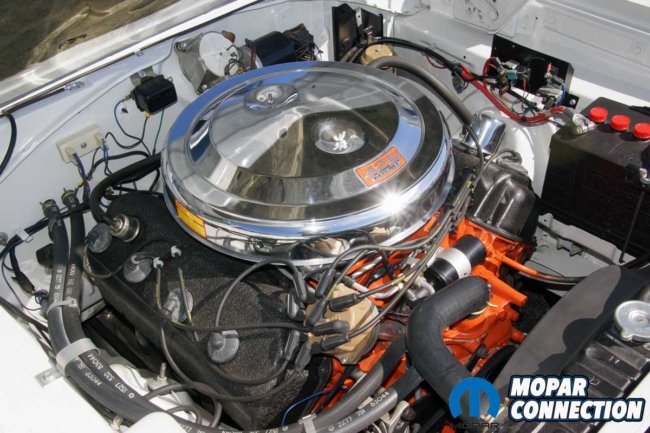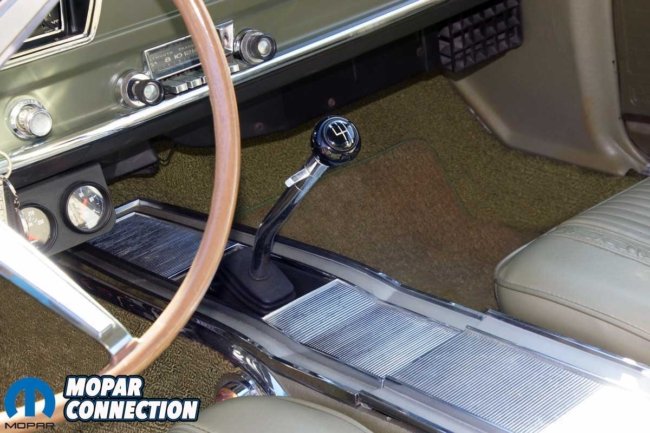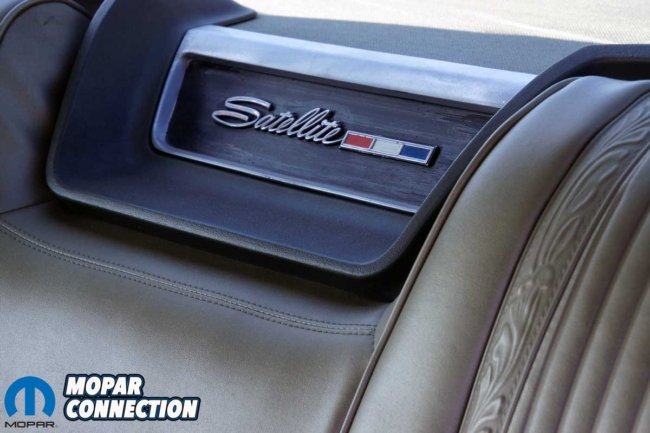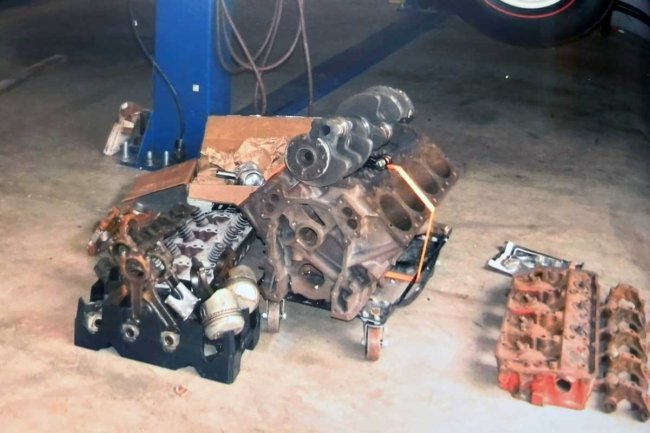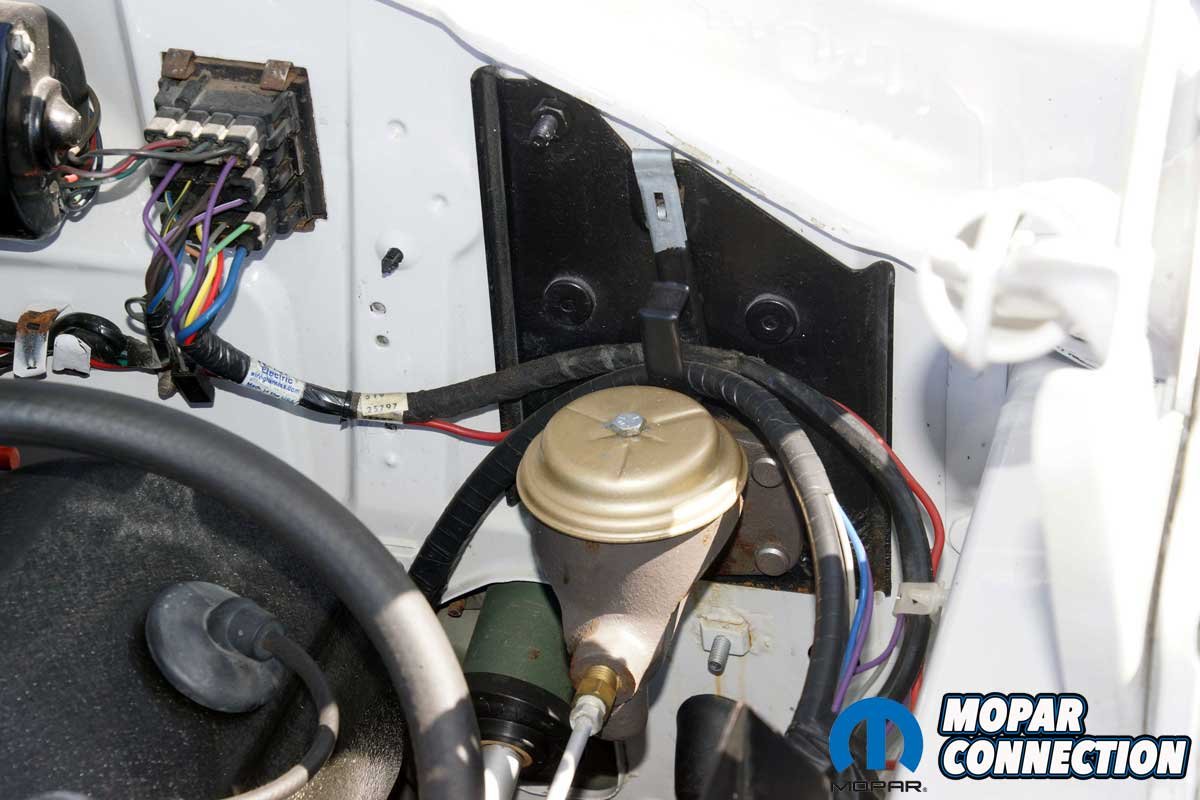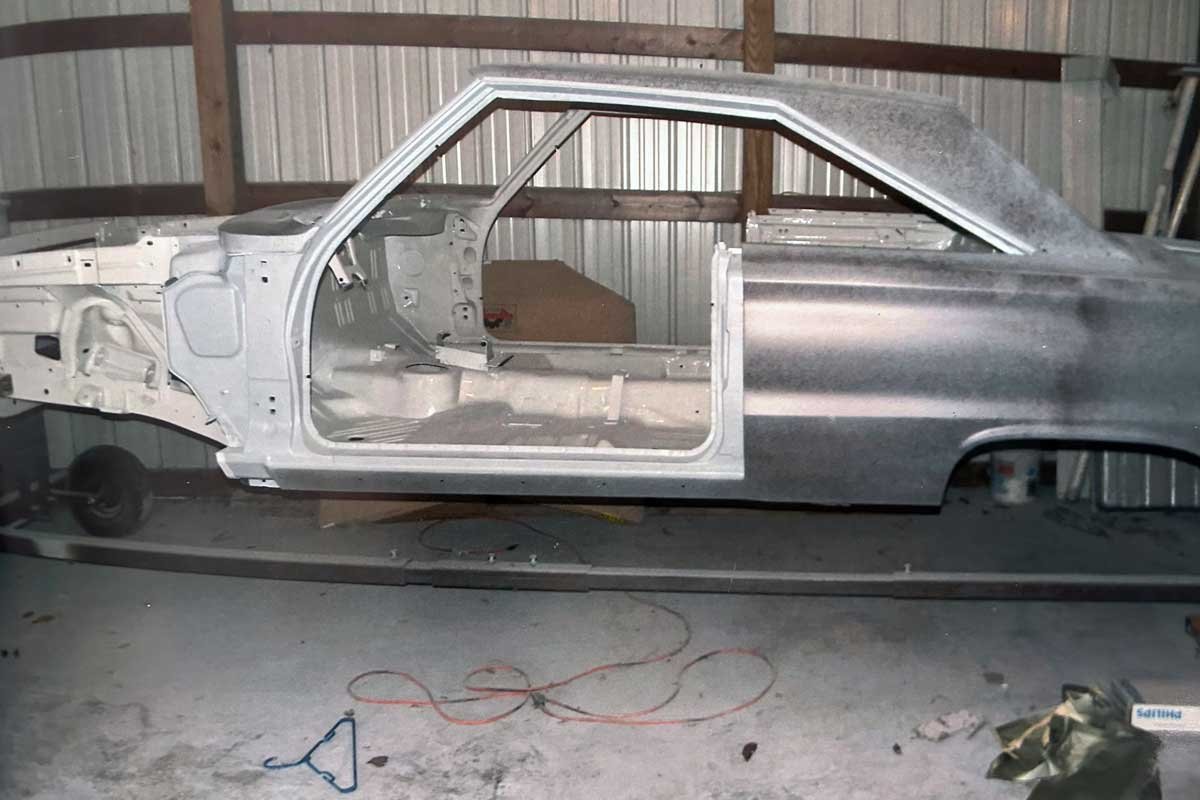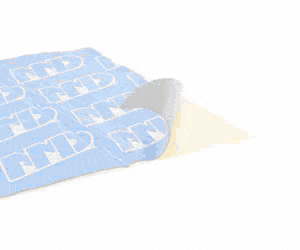
Due to family obligations, work requirements, and advancing age, there comes a time when purchasing a restored vehicle is more advantageous than performing or paying for a time-consuming restoration. Acquiring a turnkey restored vehicle makes the experience enjoyable immediately. In 2021, Danny Holovacko of Canadensis, Pennsylvania, followed a plan of immediate satisfaction and purchased a restored 1966 Hemi Satellite.
Holovacko is comfortable rebuilding Mopars, as he has restored many B- and E-bodies and even utilized C-bodies for his “winter rats” driven during the salty Pennsylvania winters. Nonetheless, when the chance to own a restored Hemi car presented itself, he leaped at it. He respected his plan and began immediately driving and showing the vehicle with excellent results.
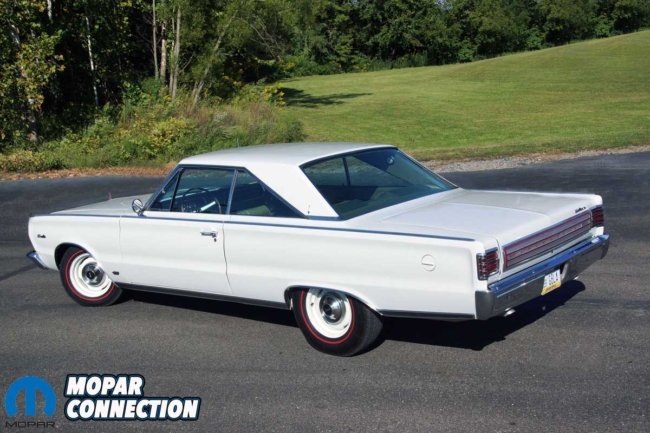
What makes the Hemi so desirable? The 426 Hemi (aka elephant) was developed as a NASCAR race engine in 1964. However, the Hemi’s incredible accomplishments were quickly disparaged when various racing sanctioning bodies began requiring manufacturers to offer similar but detuned engines to the buying public. With that, the 426 Street Hemi was assembled and introduced in 1966. Although the Street Hemi would only be an option from 1966 to 1971, based upon its superior design, it developed a time-proven legacy.
The 426 cubic-inch (7.0-liter) Hemi was renowned for its raw capability and exceptional power. It boasted a greatly underestimated advertised 425 horsepower and 490 lb-ft of torque. Its hemispherical combustion chambers cultivated an efficient airflow potential, setting it apart from other engines of its time.
In 1966, the Hemi was an option in a few Chrysler model lines, including the Plymouth B-bodies. The Satellite, the top of the line of the newly designed Belvedere, had a sleek and stylish design, typical of that era’s muscle cars. The Belvedere line featured a unique front grille and trim, and buyers could choose from several body styles, including a four-door sedan, two-door hardtop, or a convertible, the final two available as a Satellite. The interior of the Hemi Satellite was relatively rudimentary, a characteristic of many Mopars. However, buyers could opt for bucket seats and other performance-related options.
Plymouth produced 35,399 Satellites in 1966, but only 817 were equipped with a Hemi. Holovacko’s Satellite stands out as one of the rare 503 matched with an 18-spline A833 4-speed transmission among this elite group. The Hemi car’s drivetrain was completed with a Dana 60 rear end, enhancing its exceptional status.
In 1966, the editors of Super Stock & Drag Illustrated, with the assistance of Bill “Grumpy” Jenkins, Ronnie Sox, and representatives from the Hurst Corporation, conducted a series of on-track tests on a 4-speed Hemi Satellite. The Satellite was not a “specially prepared” or performance-tuned ringer but rather a production car plucked from the assembly line.
The results of the tests were nothing short of extraordinary. With Jenkins tuning the Hemi and Sox managing the driving responsibilities, the two-ton Satellite negotiated Atco’s quarter mile 25 times with the best elapsed time of 13.10 seconds at just under 108 mph. The article’s author noted:
“Now when you consider this was done in a 4000-pound car, 3.54 rear ratio and stock, closed, exhaust system, it becomes downright impressive. And when you figure that the car was in full street trim and was driven right off the track and onto the highway after the last run without so much as even lifting the hood, it becomes almost unbelievable.”

The history of Holovacko’s Satellite is a bit of a mystery. At some point in the late 1980s, the car was positioned in a field in Chicago with a wounded Hemi, which had met its demise with an unplanned high-speed disassembly. After sitting in an overgrown field for several decades, O’Fallon, Missouri, resident Ted Theis located and subsequently purchased the Satellite in 2014. Theis pulled the Satellite from the field and back to his garage, where he started its restoration.
Having spent its life in the Midwest and stored in a pasture, the Satellite suffered severe rust damage to its quarter panels. Theis was fortunate to locate a 1966 B-body donor car. Using factory metal from the donor vehicle, Theis methodically repaired both quarters and a few additional areas. Once the panels were welded to the Satellite, Theis dipped the chassis to seal the welded regions permanently.
While the body was being restored, Theis located a 1966 factory replacement block, a pair of aluminum heads, and a complete rotating assembly. He delivered the parts to AMI Racing Engines to perform the machining. A 0.020-inch overbore cleaned up the cylinders. The stock stroke crankshaft was polished and fitted with Eagle H-beam rods riding on Clevite-coated bearings. A set of Silvolite pistons wearing Sealed Power rings completed the rotating assembly.
The aluminum heads were reassembled to factory stock. The intake valves measured 2.250 inches, and the exhaust valves were 1.940 inches. AMI calculated the combustion chamber volumes at 168.0 cubic centimeters. A Comp Cams hydraulic roller was slipped into the block, which was a significant deviation from the factory solid-lifter unit. The intake lift was 0.605 inches and 0.555 inches on the exhaust. The duration at 0.050 inches was 236.5° (I) and 242.0° (E) with a 110° lobe centerline. The camshaft was advanced to 105°.
The combustion chamber and Silvolite pistons, combined with a 0.040-inch-thick head gasket, resulted in a pump-gas friendly 10.04:1 compression ratio. The precision engine work produced an honest 500 horsepower at 5600 RPM and 486 lb-ft of torque at 5300 RPM.
The 2.66:1 low gear 4-speed transmission and Dana 60 were rebuilt during the restoration. Theis installed a 3.73:1 gear set in the rear end. The objective of the restoration was to retain the 1960s stock appearance, so Theis kept the 11-inch drum brakes on all four corners. The Hemi was reassembled with the correct year carburetors, intake, and valve covers. However, a discretely located electronic ignition was installed to replace the dual-point distributor.
Once the body was finished and in primer, it was repainted in a factory WW-1 white hue, and the unique Citron gold interior was meticulously restored with soft parts from Legendary Interiors. A new date-coded factory green (tinted glass) windshield was installed. Theis took the time to clean and polish all the stainless and other bright work. The radiator, wiper motor, and K-member, along with the skid plate, were reconditioned. Lastly, the front and rear suspensions were rebuilt.
The day had come to unite the drivetrain with the chassis. Although Theis had the original exhaust manifolds, starter, and bellhousing, he installed an aftermarket SFI-certified bellhousing, a Mopar mini starter, and a pair of TTI headers. The exhaust replicated the factory design that included an H-pipe, but the tubes were oversized to a 3-inch diameter.
The beautiful restoration of the Satellite results from every part being factory metal from the donor car, a new-old-stock (NOS) piece, or a sandblasted and repainted or replated component. The restoration cost was significant, but the results are undeniably apparent. Theis had restored several Mopars, and the Satellite was one to hold on to, but health concerns led Theis to sell the car. Sadly, in 2022, Theis perished from complications of cancer.
The Satellite was sold to a gentleman in Kentucky and shown at six national Mopar shows, where it garnered five awards. However, after a few short years of being a show queen, the Satellite was put up for sale, and this time, Holovacko jumped on the opportunity to own the restored Hemi.

Since Holovacko purchased the Satellite, he has made a few minor changes to the car, including having the dash cluster and interior trim re-chromed, but for the most part, he has just enjoyed it. Holovacko relishes the opportunity to take the Satellite to car shows and major events where it is a consistent winner.
At the 2023 Carlisle Nationals, the Satellite won the ’66-’67 Stock B-body (except GTX) and earned two celebrity choice awards. The first was from David Rockwell of the Ramchargers research and development team, who fell in love with the car and shared a great story with Holovacko about thrashing on a Hemi Satellite in 1966 during his days with Chrysler.
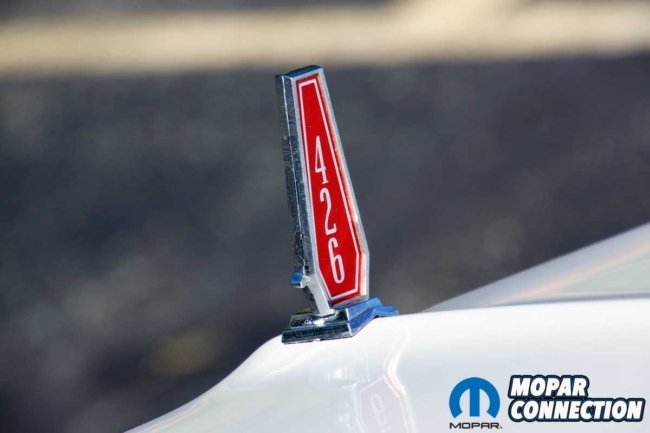
The second award was from representatives of Stiles Performance of Windsor, PA. The late Bill Stiles was known for prowess in making the mighty Hemi scream in his A/Stock B-bodies and later in Pro Stock. Of the 3100+ cars on the Carlisle grounds, the Satellite was the only vehicle to win three major awards.
At this point in his life, Holovacko intends to stick with the plan by enjoying the Satellite and reaping the satisfaction of bench racing with fellow car enthusiasts. So, the next time you gaze upon a white Hemi Satellite with a Citron gold interior, look closer. It undoubtedly will be one of the few chances to see one in person.














